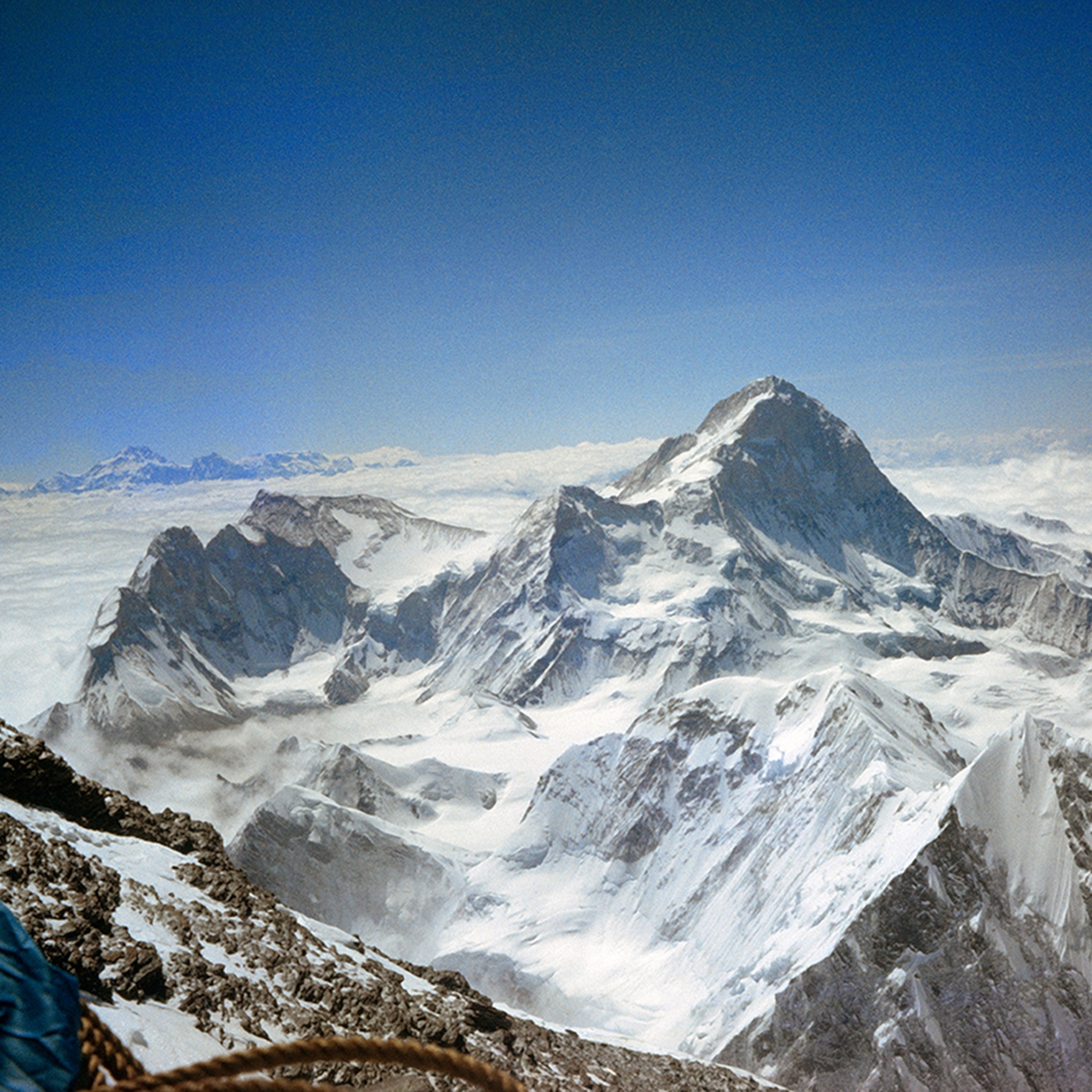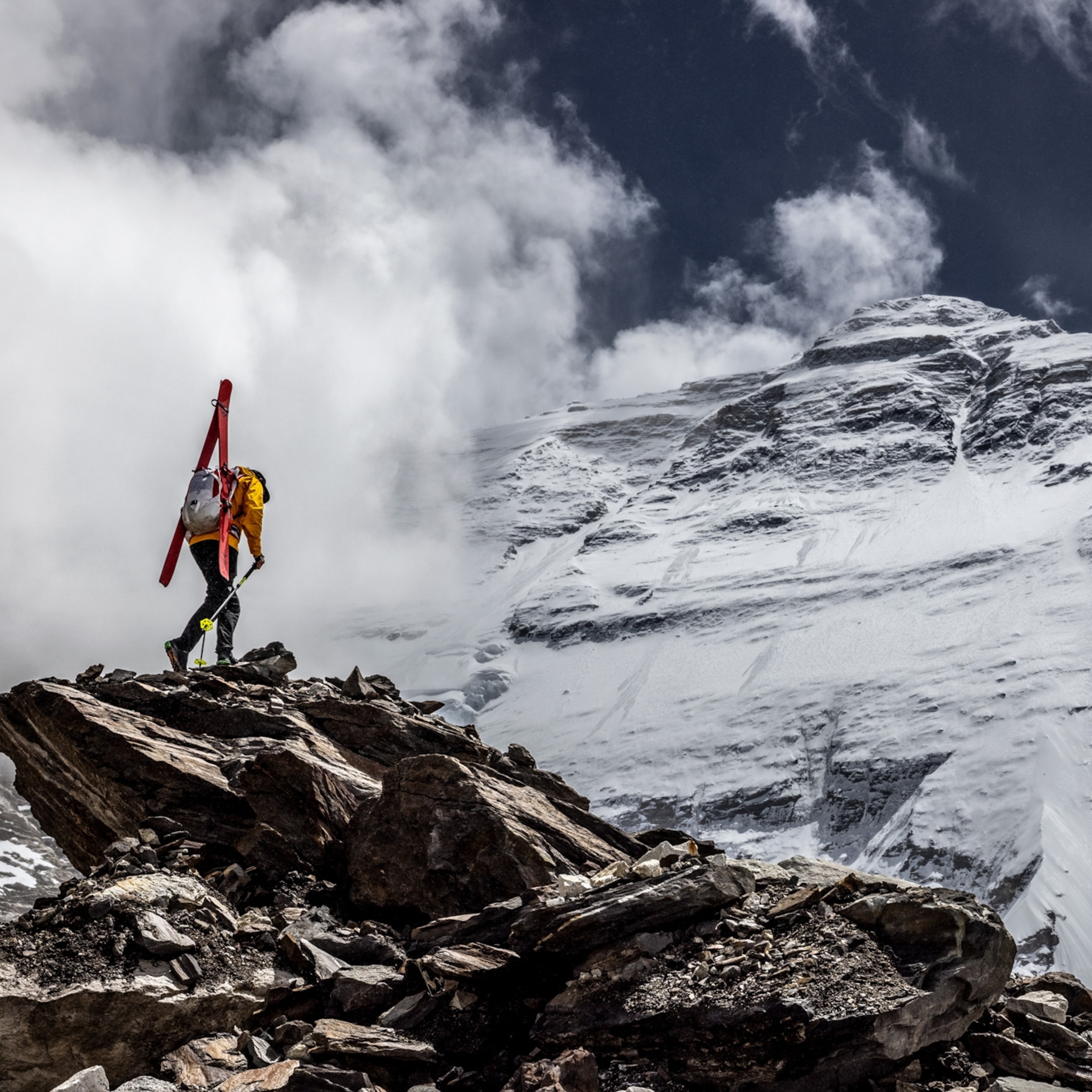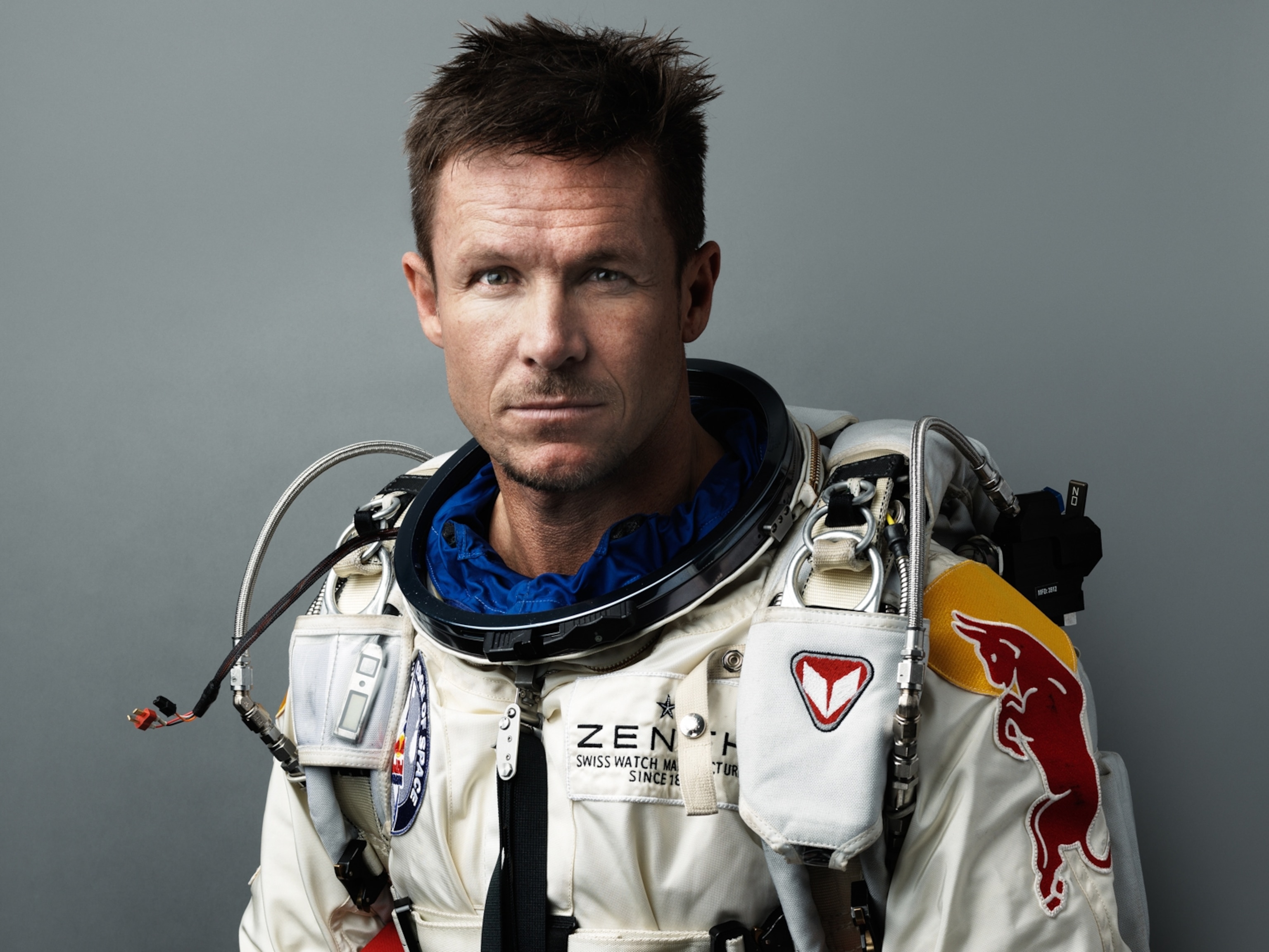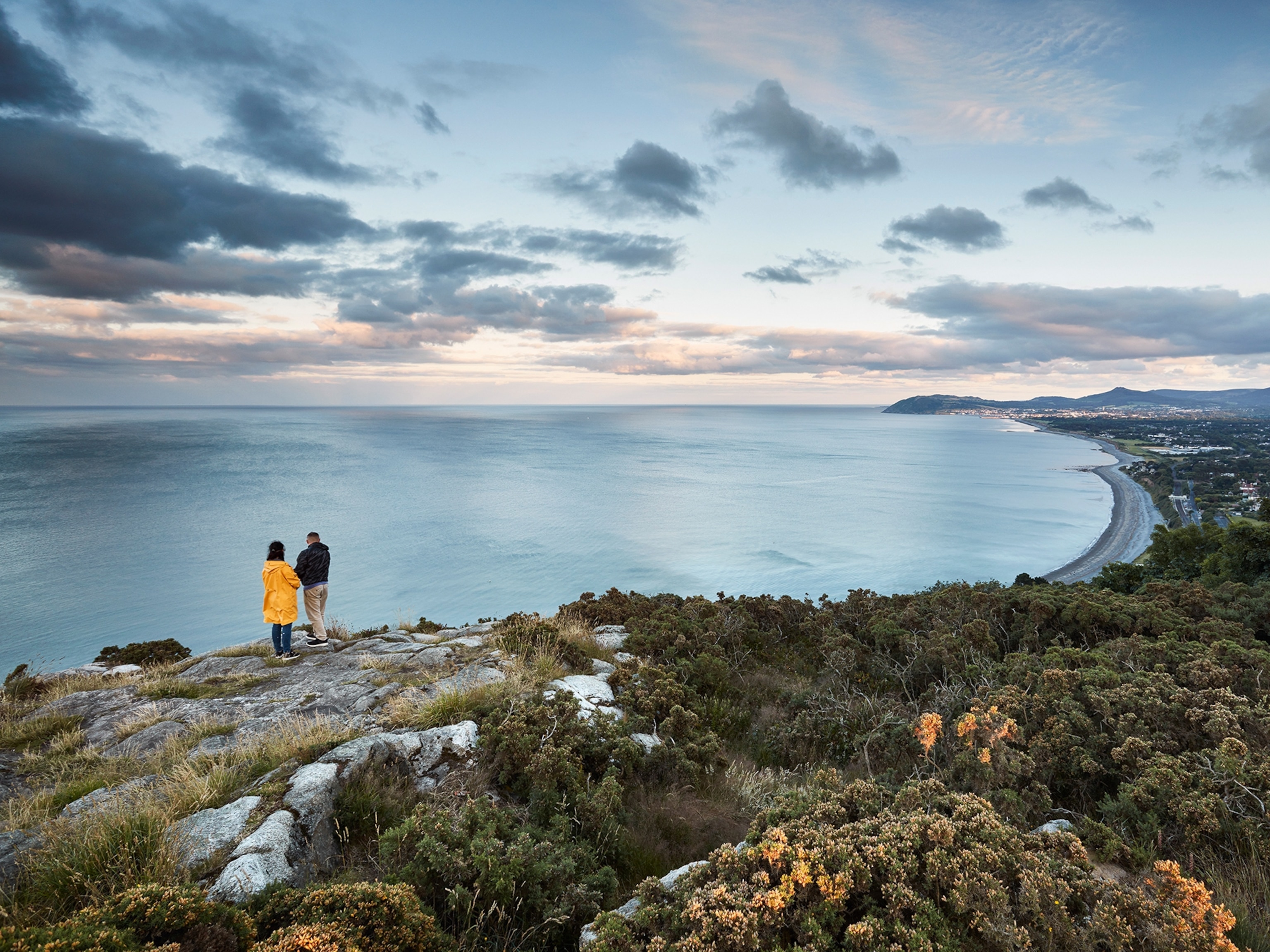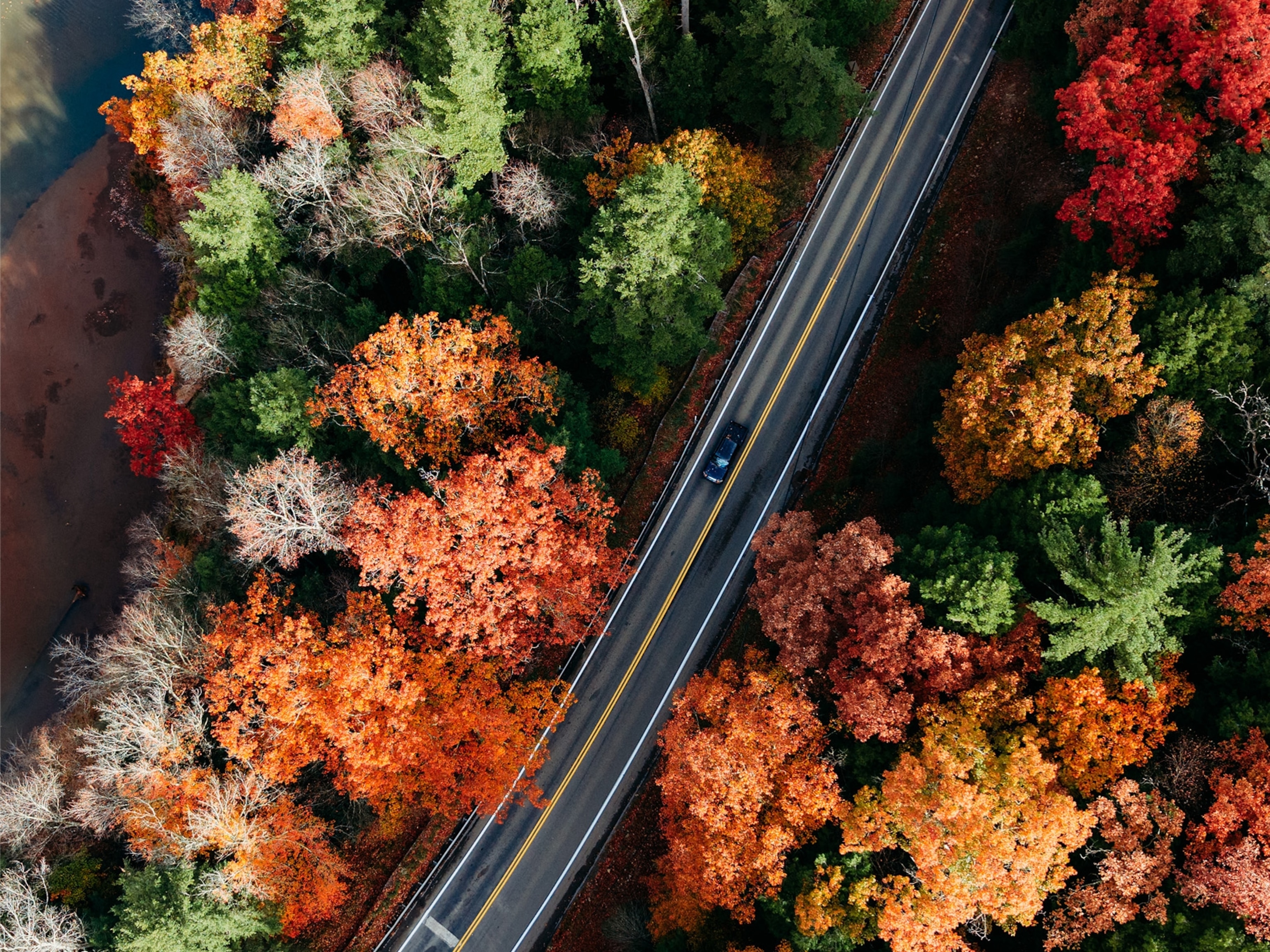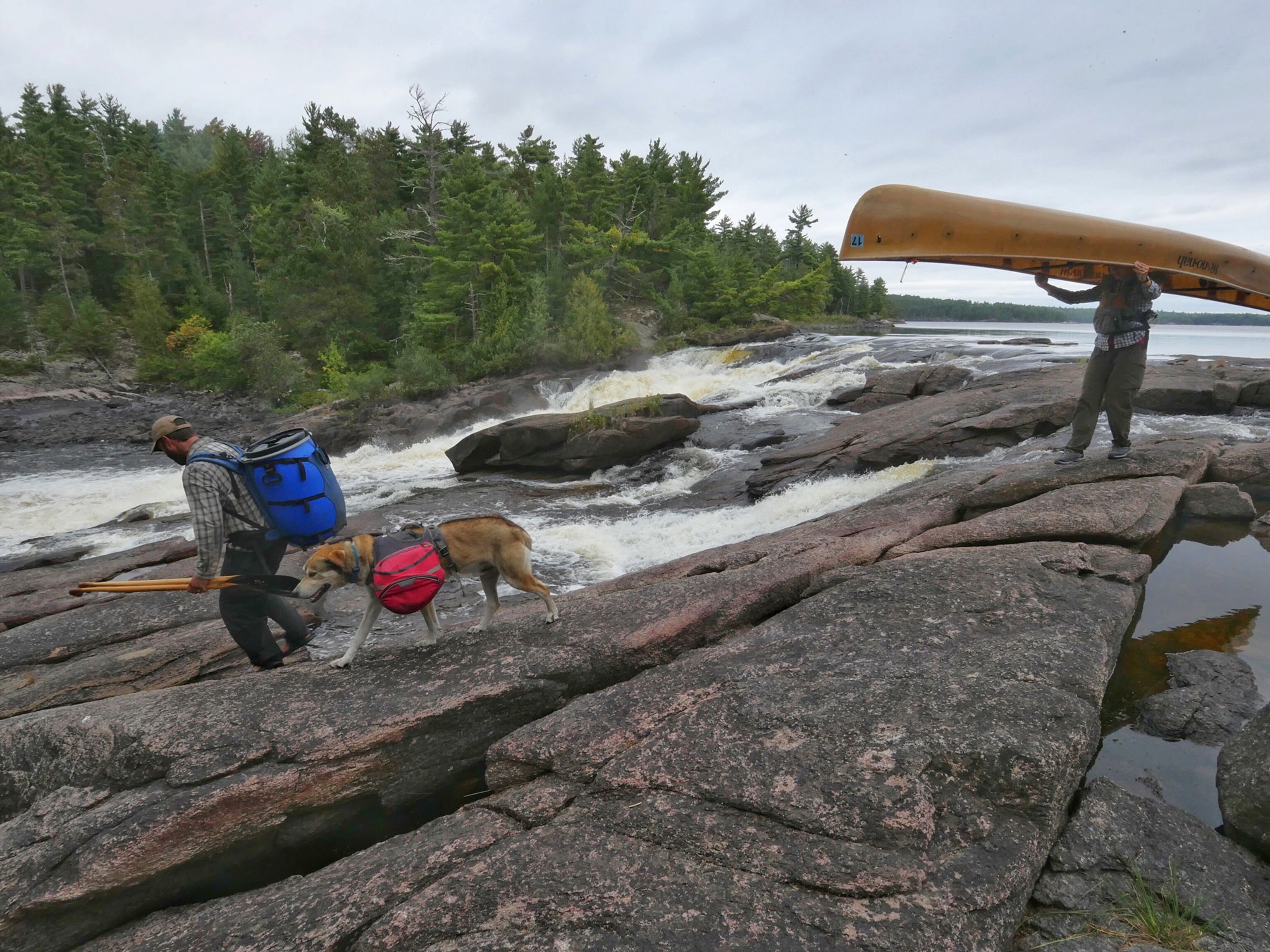
After a Year in the Wilderness, Adventurers Return to Reality
Amy and Dave Freeman reflect on their year living in Minnesota’s North Woods and the fight to preserve this wild landscape.
Dave Freeman is overcome with disbelief when he realizes that, in a span of barely 72 hours, he’s gone from dipping water from a crystalline North Woods lake to the hustle and bustle of airport terminals and Washington, D.C.’s Capitol Hill.
On September 23, Dave and his wife, Amy, 2014 National Geographic Adventurers of the Year, began their 365th consecutive day in Minnesota’s Boundary Waters Canoe Area (BWCA) with a familiar routine. They shared a pot of coffee, broke camp, and launched their canoe. But a few hours later, hundreds of friends and family greeted the couple on the South Kawishiwi River. After traveling by canoe and dogsled, having visited more than 500 backcountry lakes, and crossed paths with countless BWCA enthusiasts, it was the first time Dave and Amy had exited the million-acre wilderness in an entire year.
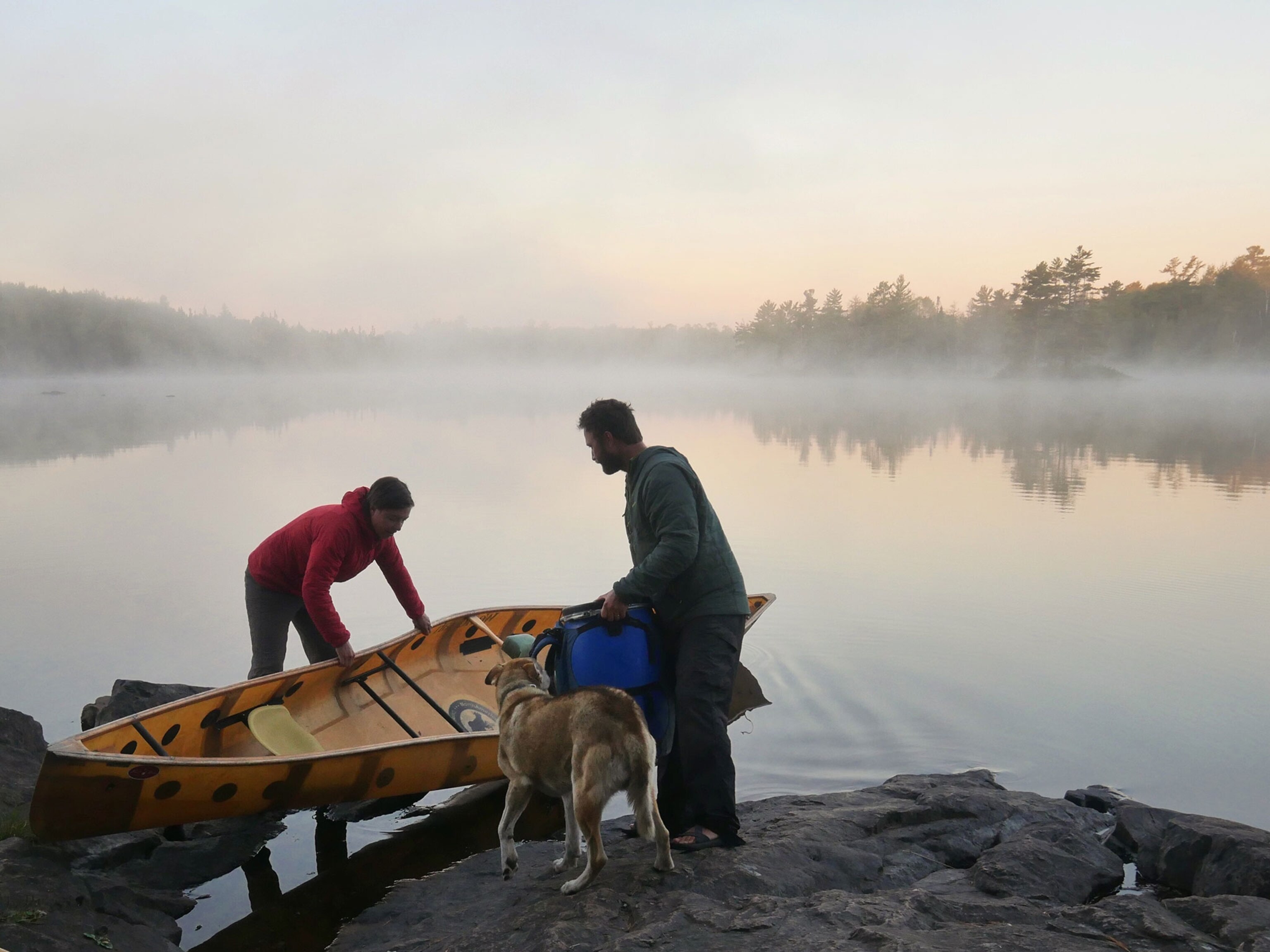
Now, the Freemans are in D.C. to share the memories of their wilderness year with federal lawmakers and other elected officials. It’s part of a passionate campaign to protect the North Woods from a copper and nickel mine proposed by Twin Metals, a Chilean company, on the doorstep of the wilderness. Over the past year, Dave and Amy’s Instagram feed, which they updated daily by satellite connection, has been a cornerstone of Save the Boundary Waters, a grassroots effort that’s gone national. “Dave and Amy are wilderness advocates,” says Becky Rom, a Save the Boundary Waters organizer. “They’re contributing by doing what they do best: Being adventurers.”
The Freemans took a moment out of their suddenly busy schedule to chat with National Geographic Adventure about their year in the wilderness and the message they hope to send.
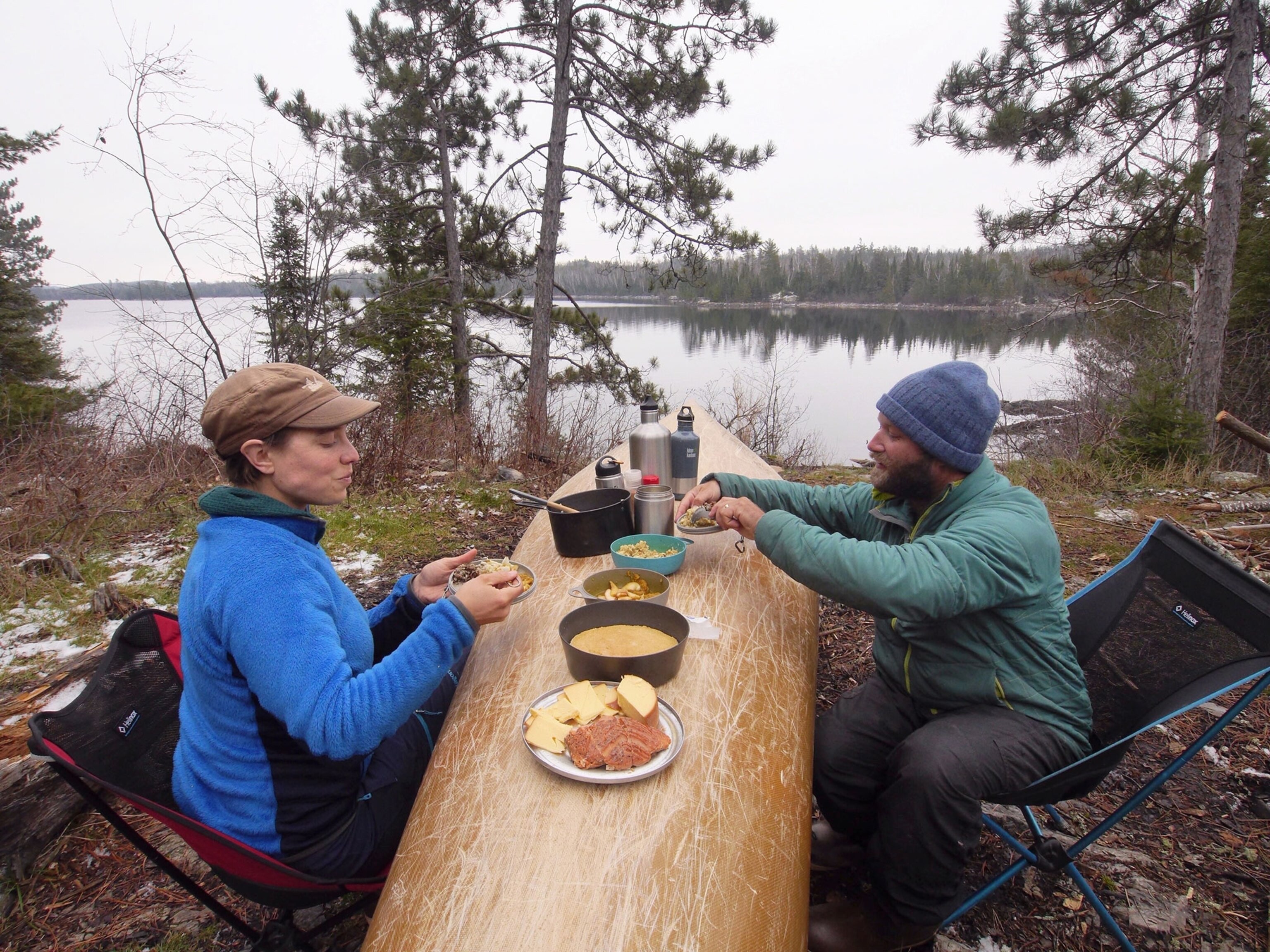
Since leaving the wilderness last week, what do you miss the most?
Dave Freeman: I miss going down to the lake every morning to fill up the pot of water for coffee. At this time of year there’s mist on the water and it’s so peaceful. Something that really struck me while on the plane to D.C. is the spectrum of experiences we’ve had: On one end, canoeing, hiking, and dogsledding; on the other, flying halfway across the continent. There I was, with an aisle seat in this enclosed space and feeling so disconnected from the real world.
Amy Freeman: The sounds of nature are so different than those of the world of humans. After a year in the outdoors your senses of sight, smell, and hearing are heightened. Back in the city, we’re bombarded with stimuli. I’ve had to desensitize to not freak out.
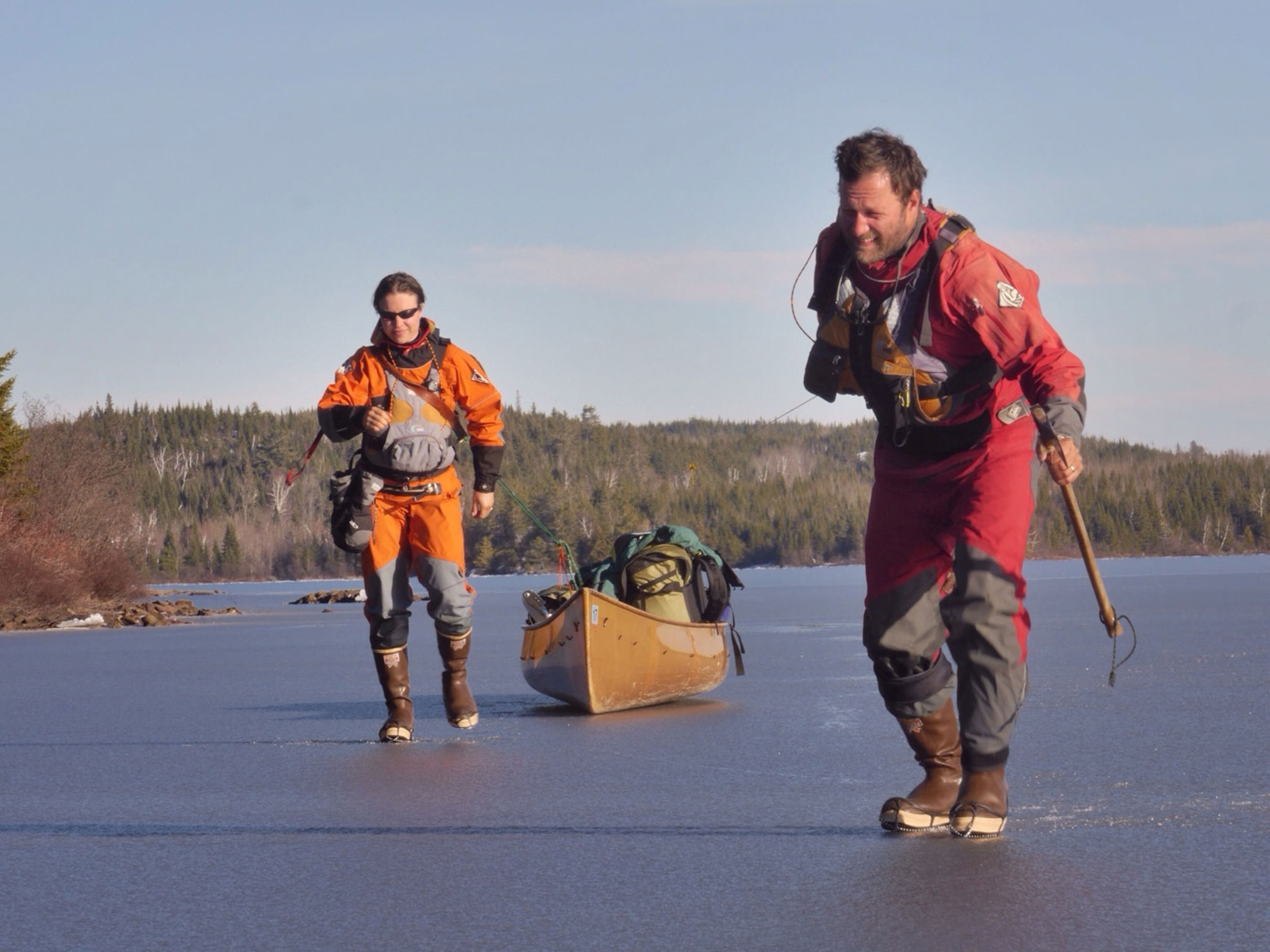
You’ve committed so much time to the Save the Boundary Waters campaign. Did you ever question the commitment you made?
Amy: People told us, a year is such a long time. They put emphasis on all the things we were sacrificing. But that didn’t worry us. For Dave and me, it was a dream to spend a year together in the Boundary Waters. It’s hardly a sacrifice to be in a place you love.
Dave: For me, it’s a privilege, not a sacrifice. We chose this adventure because we felt it was the best thing we could do to protect the BWCA watershed. If we didn’t believe this, maybe we would’ve gone and paddled across another continent. I feel like this was something we were called to do at this time.
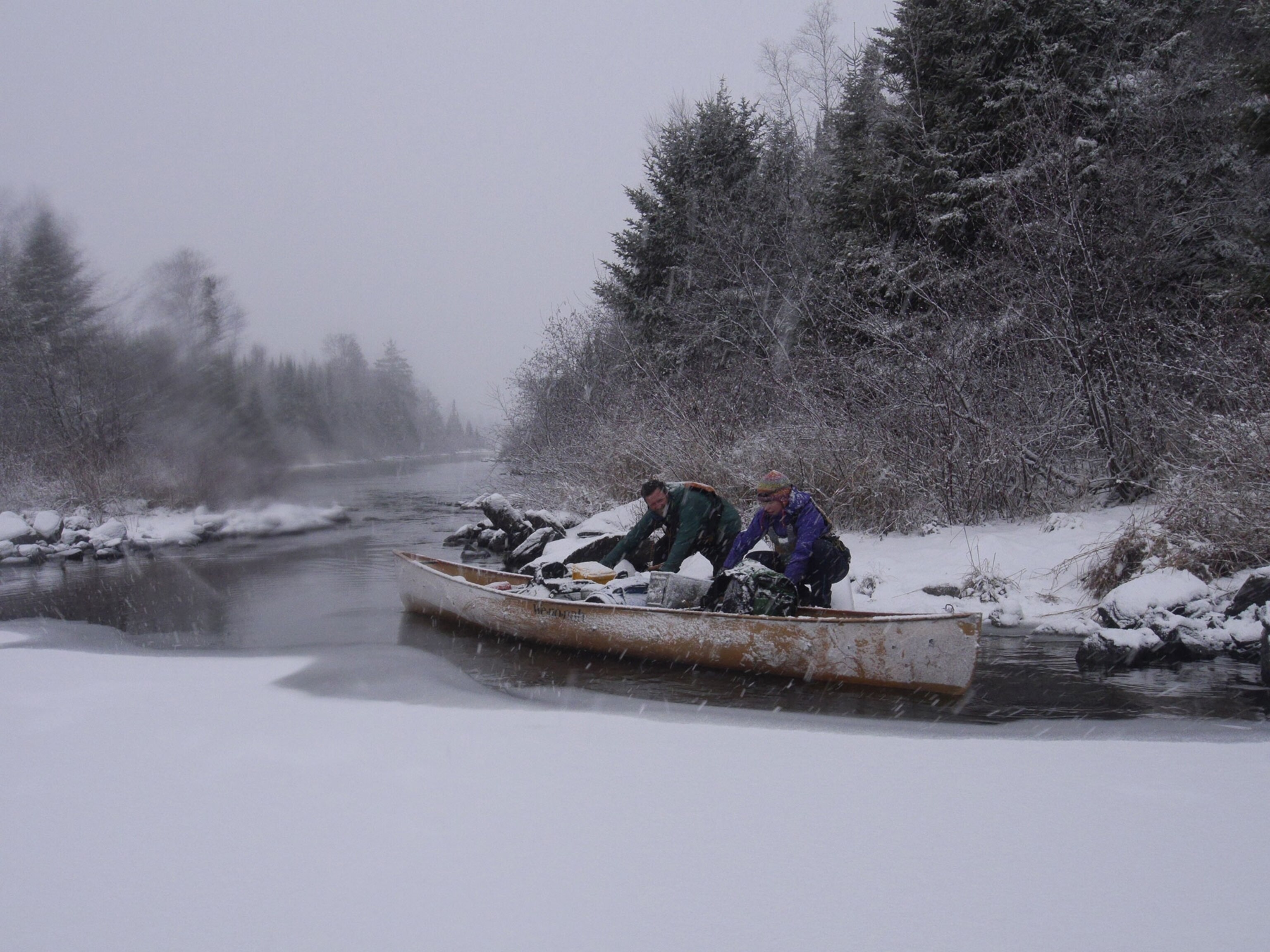
So what was the hardest part?
Dave: The logistics were really difficult. It took longer than we expected for the lakes to freeze over last December. We ended up having to make 12 days of food last for 20. The same thing happened around the thaw in April. There is so much water in the BWCA, and you need it to be safe to travel. Basically, there were two months of the year where we were closed off because it was difficult to move.
Amy: After a long day, the last thing you want to do is sort through photos, type a blog on a smartphone, and then hike out into a blizzard to get a satellite connection to upload a story to the web. But that was part of our commitment.
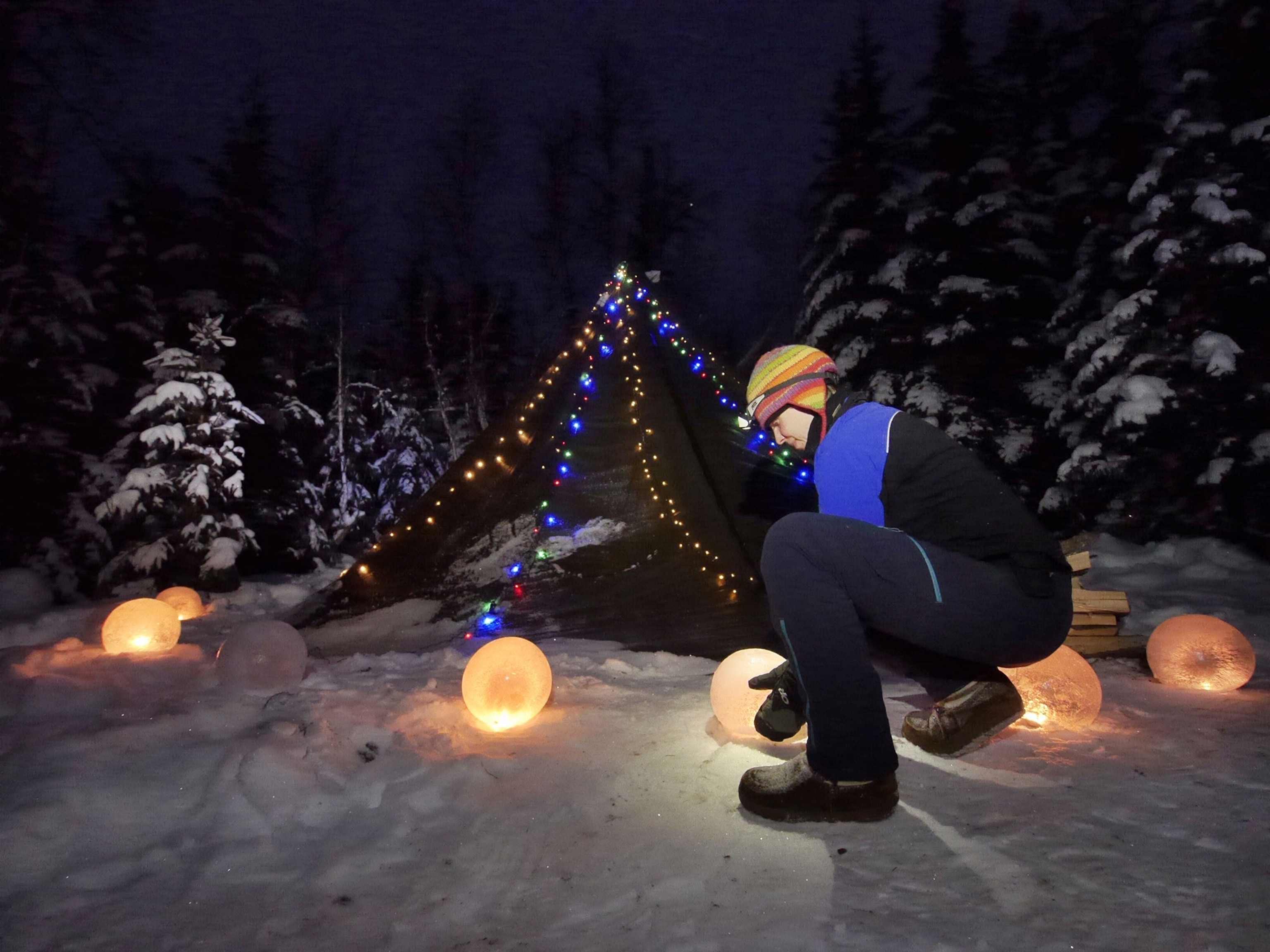
In your previous expeditions you’ve paddled across North America and explored deep into Amazonia. It seems like covering distance was the main objective. Was it difficult to stay in a relatively confined geography?
Dave: Going slow was hard for me. I felt especially restless around freeze-up last December—my mindset was preoccupied with moving. Amy reminded me that moving wasn’t the objective. Our goal was to bear witness to this place. Instead of feeling pressure to move we discovered cool places to sit and watch and be part of the transition. That’s something we’d never done before.
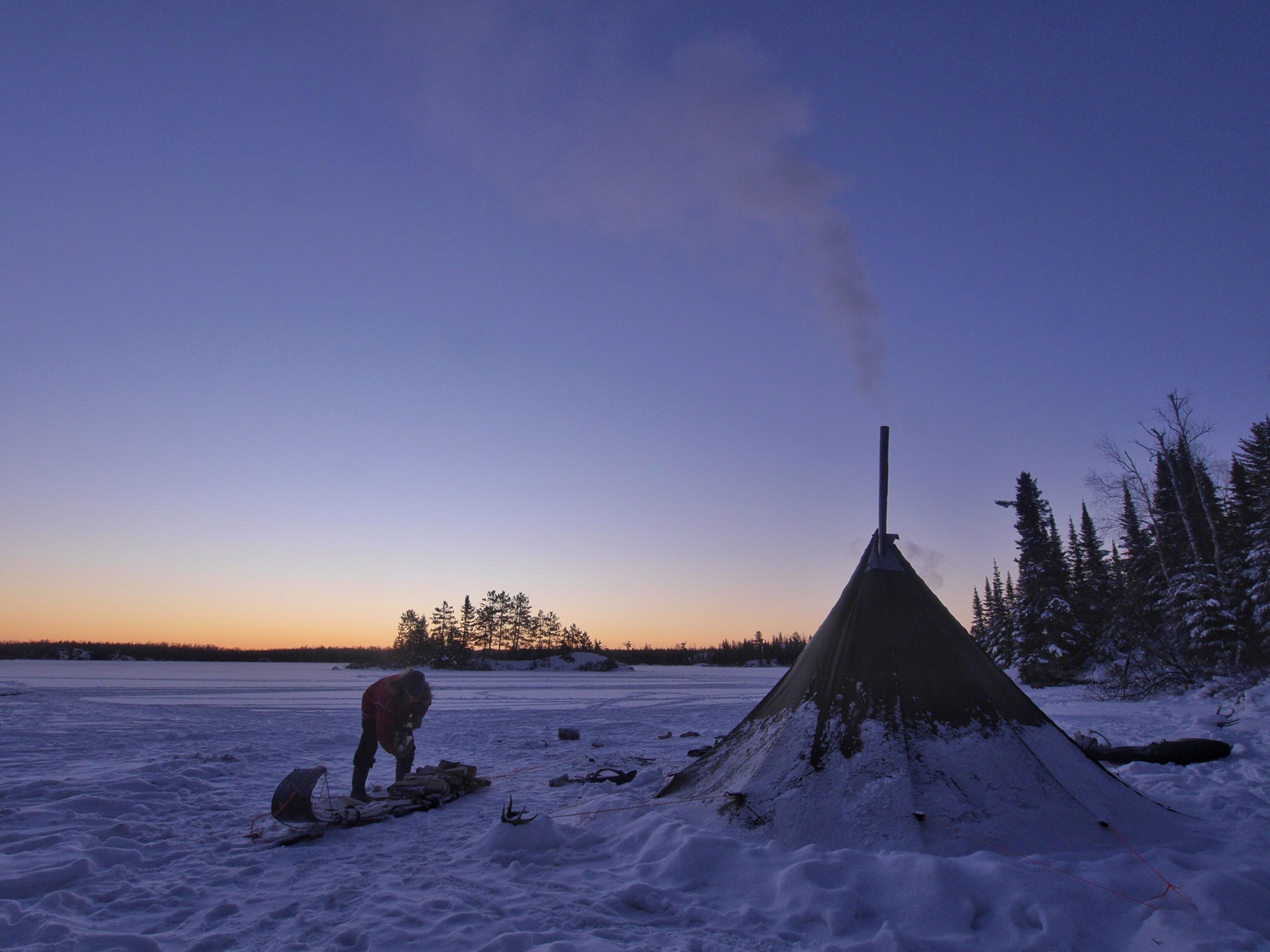
Did any moments trigger melancholy while you were out there, related to the Twin Metals threat?
- National Geographic Expeditions
Dave: I thought about it a lot whenever we were around moving water. Places like Curtain Falls, right along the international border, and the rapids between Fall Lake and Newton Lake, where the South Kawishiwi flows into the wilderness. These places make you realize the path of pollution encompasses a large part of the wilderness, and that’s daunting. It makes you wonder, what if this goes through and there’s an accident?
Amy: There’s always a bit of fear, but also a lot to be hopeful for. While we were out there, the governor of Minnesota expressed his concerns about the mine, the U.S. Forest Service started to investigate Twin Metals’ mineral leases in light of the threat to water quality, and former Vice President Walter Mondale came out against the project altogether. We gained a lot of momentum.

What were some of your most joyous moments?
Dave: Around Thanksgiving last year the lakes started to freeze over. A skim of ice formed overnight on Knife Lake and we could hear it tingling and sighing. About that time, the last of the loons set off on their migration. We were back on Knife Lake in June and we encountered many loons. Amy realized that they were likely the same ones we saw last November. That blew me away: We were out long enough to witness an entire migration cycle.
Is the hardest part of the journey still to come?
Amy: Absolutely. We’re in Washington to share our story with our elected officials. We have a map to highlight all 500 bodies of water we visited and the trailer for our documentary film. In the wilderness we met people from across the country. The Boundary Waters is a national treasure. It’s America’s most popular wilderness area. We’re hoping policymakers will realize how special this place really is.
